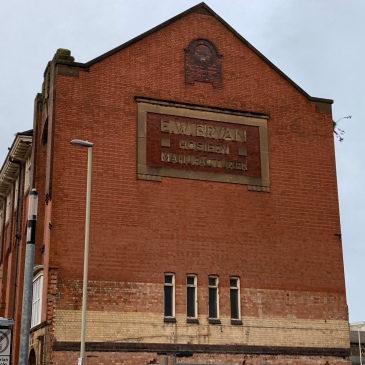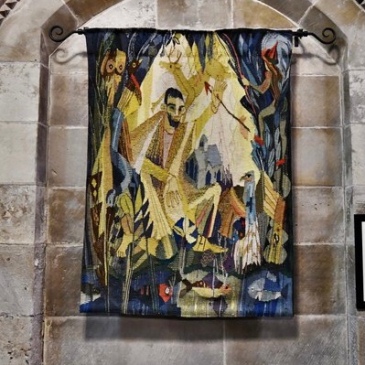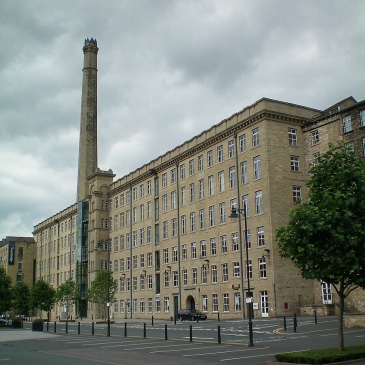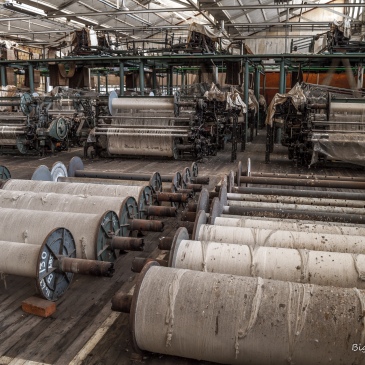Traces of disability amongst the Lost Workers
I trawled the records of the Lost Workers, available to browse at Dean Clough, looking for traces of disabled people and disability. The Lost Workers was originally an installation by Christian Boltanski, commemorating the workforce of Crossley Carpets, which was based at the mills at Dean Clough, Halifax until it closed down in 1982. Boltanski’s … More Traces of disability amongst the Lost Workers







